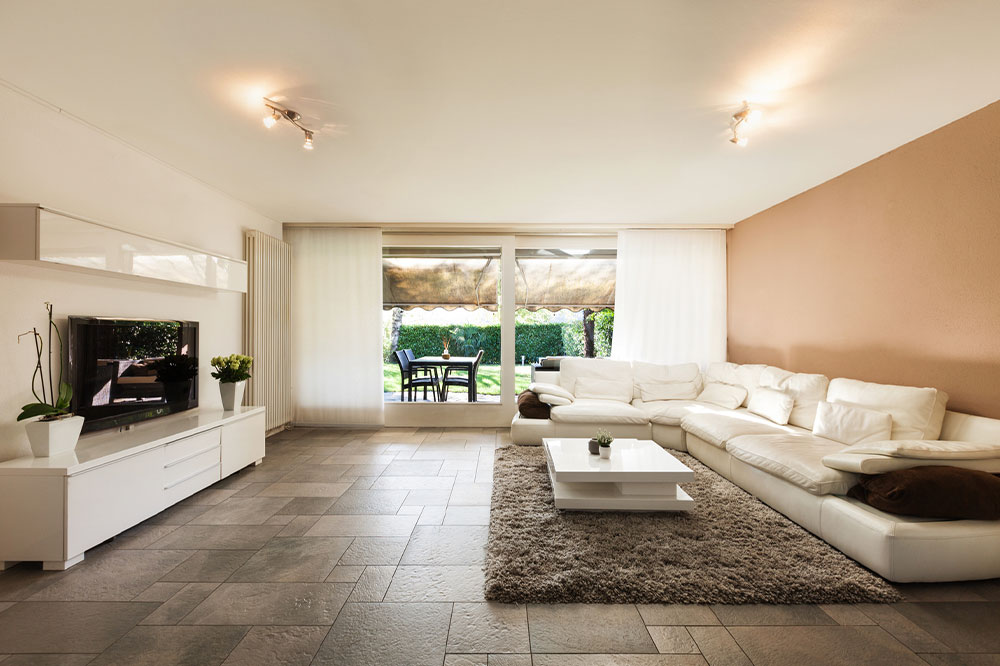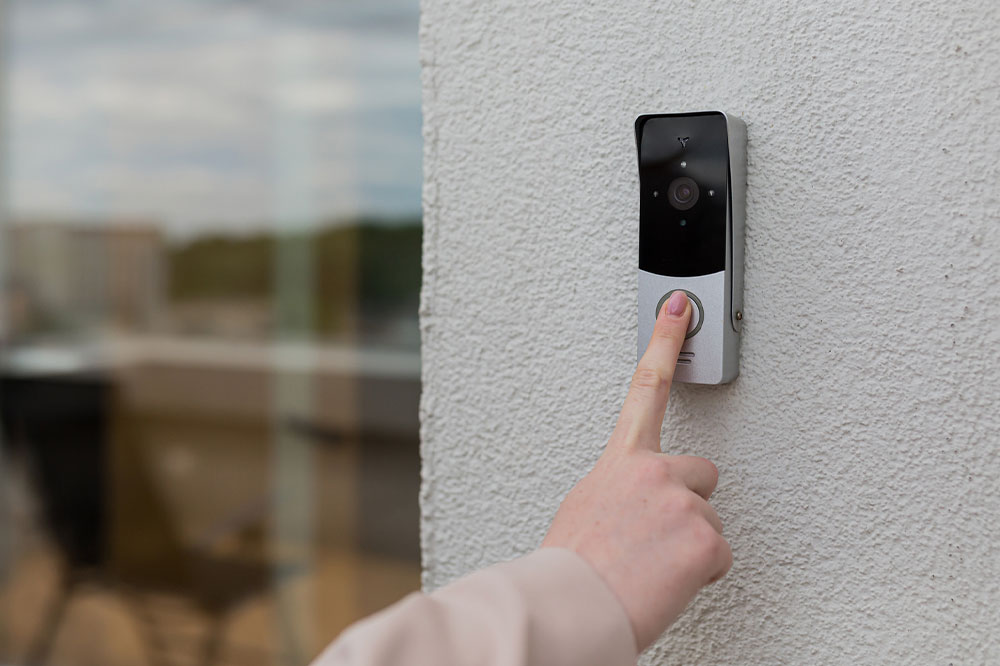8 common home lighting mistakes to avoid

Lighting fixtures and accessories can make or break the look and ambiance of your home. Install too many lights or fall short of the lighting necessary, and you end up with a space that is either too bright or plain dull. Many factors come into play while adjusting the lighting and ambiance of a room. Most importantly, you need to avoid making these common mistakes while comparing products to find suitable home lighting options.
Choosing the wrong size
The ambiance of a room is influenced by the type and size of lighting fixtures that are installed. For larger spaces, including the common area, kitchen, and living room, it’s better to install large-size bright lights. This is where hanging pendant lights and even chandeliers work best to disburse the luminance evenly. However, if you are installing light fixtures for a small room or illuminating the corners, go for smaller bulbs or LEDs that provide a spotlight. You must ensure the light fixtures don’t overwhelm the senses or even fall short of the brightness necessary, making it difficult to see properly. Only when you compare a few lighting options is it possible to find the best source of illumination.
Installing the wrong type of lights
Note that there are three different aspects of lighting that work together to illuminate a space. Accent lighting includes spotlights installed to highlight a particular object or space in the room. Task lighting fixtures are installed for a specific function, like the overhead light over the kitchen countertop or the reading light in the corner of the bedroom. And then, you have your ambient light sources illuminating the rest of the room. Each type of light has a specific purpose, especially when you combine two or more types of fixtures to achieve the perfect lighting solution. Ensure that the lighting does not make the room uncomfortable or unpleasant, irrespective of duration.
Ignoring color temperature
Color temperature is the scientific unit of measurement that denotes the intensity of the light source. Lighting ranges from warm to cool color temperature, and each fixture has a fixed kelvin unit that works best for specific purposes. For example, warmer color temperature (approx. 3000K) with white light fixtures is more suitable for larger spaces like your living room, dining room, and even bedrooms. Warm white lights are also great for spaces where you have a number of wood accents and furniture installed. However, with modern home décor installed in more vibrant spaces like the kitchen and bathroom areas, it’s better to opt for cool white lighting with a cool color temperature (approx. 6500K). You have to pay attention to the color temperature for adjusting the lighting.
Not installing smart switches
Light switches are functional for turning the fixtures on and off. But for a better range of control, it’s better to integrate your lighting systems with dimmers and smart control panels. Modern-day LED lighting technology can even adjust the color temperature and modify the ambiance. Dimmers allow you to control the brightness level so you don’t feel uncomfortable entering the room. You can even install smart motion sensors that detect movement and turn the lights on and off. Further, smart apps installed on your phone can even create custom lighting profiles for all rooms so the lighting doesn’t look monotonous. All these technologies can help enhance the look and ambiance of your place while ensuring there is effective power management so you don’t pay a hefty electricity bill.
Not paying attention to the style and theme
Every room of the house can have a different style of furniture, furnishing, and accents that create a nice, themed look. When you go the extra mile to ensure the living spaces are unique, why stop when it comes to lighting upgrades? A good interior decorator can spot the areas that need attention and suggest lighting upgrades to illuminate these spaces better. Your overall lighting ambiance must suit the theme of the home so everything blends in and does not look out of place.
Ignoring shadows
Using spotlights can result in unappealing shadows, especially when the light reflects and bounces off oddly shaped objects in the room. This issue may go unnoticed and cause embarrassment when someone points out the lighting flaw. Fortunately, task lights can be installed at the corners to counteract the shadows created by spotlights. Vanity lights, floor lamp lights, and lights under the cabinets can all seamlessly cut the spotlight and diffuse shadows. A thumb rule of lighting is never to let the foreground light become too overbearing over the background lights. The ambiance should be adjusted to eliminate the eerie shadows created.
Placing the lighting accessories incorrectly
Light switches, dimmers, and even smart lighting control panels should be placed in areas that are easily accessible. Place one switch in the wrong corner of the room, and it’ll defeat the entire purpose, adding an extra task of walking back and forth to adjust the lighting. For example, when you are ready for bed and are already comfy, why walk to the end of the room to turn off the lights? Have a double switch near the bed, so all you have to do is flip it on and off. Some lighting systems can easily be integrated with home smart systems. You can even program voice commands to control lights.
Neglecting energy usage
All lighting systems and fixtures will draw a lot of power, so install only the essential lights. But that doesn’t mean you buy the cheapest bulbs and LEDs. Buy light fixtures that are energy efficient and bright enough so you don’t have to install multiple lights. You have to consider total wattage consumption and energy efficiency while installing lighting systems. Even if you can afford to pay for extra electricity consumption, install energy-efficient lights to reduce your carbon footprint.







